If you bought a bike last year, chances are it was an electric-assist bike. Electric-assist bikes are currently the fastest-growing model in the U.S. In 2021, they surpassed road bikes in sales to become the third-largest category of bicycles.
There's a reason that electric-assist bikes are outselling electric bikes. The lightweight motors on electric-assist bikes provide mighty power for various riding trails, especially for commuting and running errands.
At the heart of the electric assist is a powerful lithium battery. Taking proper care of the battery is key to getting the best range and extending its life.
Here's how to charge an electric-assist bike that is best for your battery.

The basics of safe charging
Final Kapoor, manager for quality at Bosch, a leading supplier of electric-assist bicycle motors, says, "The battery should be charged indoors with a suitable charger while the electric-assist system is turned off. While electric-assist bikes have weatherproof engines, batteries and wiring, the chargers are not suitable for outdoor use".
With modern lithium batteries, when the battery signals to accept a charge, the battery monitoring system in the charger ensures that the internal temperature of the battery is in optimal condition to begin charging and disconnects power when needed. An unbranded charger does not have all the features of a battery management system even if it is rated at the same output, so even if the temperature rises, current will flow to the battery, which carries the risk of a short-circuit fire.
The chances of a battery shorting out, and catching fire are low, but we are advised not to leave it unattended while charging. We can charge the battery mounted on the bike, or we can remove it, as long as it is not on or near a flammable object (such as a spare gasoline can in the garage).
If you are looking for a cheaper electric assist bike with your own or unbranded motor and battery, make sure the battery and charger carry the Underwriters Laboratories UL 2849 seal of approval. Viribus electric bikes use high-tech lithium batteries and chargers that have been lab tested, so please feel free to use them. This is the full industry standard for safe electrical systems and battery charging for electric assist bicycles. Some bike stores refuse to maintain electric-assist bikes without this type, citing the fire risk of staying in the store overnight.
How to optimize battery life and longevity
When aiming to optimize the battery life and longevity of electric bicycles, it's crucial to grasp the foundational principles that govern their performance. The two key aspects to consider are "Range" and "Life."
Range: The Essence of Runtime
Range signifies the runtime of a battery, indicating the duration it lasts on a single full charge, usually measured in miles ridden. Notably, the actual range can vary, even on the same bike, depending on factors such as terrain and load.
Life: Discharge and Recharge Cycles
Conversely, "Life" refers to the number of times a battery can undergo discharge and recharge cycles before experiencing a substantial capacity decrease. As the capacity drops, users may not immediately sense reduced power, but they will observe a gradual shrinkage in range.
Linking Battery Range and Life
While "battery life" and "range" are distinct terms, they are interconnected. Actions that contribute to a reduction in range can also impact the overall lifespan of the battery. Increased usage of boost modes, as explained by Kapoor, is a significant factor leading to more frequent charging and, consequently, a shorter battery life.
Impact of Boost Modes on Battery Health
Boost or Turbo modes, when consistently used, make the ride increasingly reliant on the motor's power rather than assistance during climbs or challenging conditions. This overdependence on motor power can result in more frequent charging, ultimately accelerating the decline in battery life.
Pedaling Frequency and Efficiency
An often overlooked yet crucial factor affecting both the engine and battery is pedaling frequency. Most electric assist bike motors operate most efficiently within a specific range of revolutions per minute (rpm), typically between 70-90 rpm. Optimal gear ratios and maintaining a pedaling frequency within this range are key to efficient performance and longevity.
Choosing Gear Ratios Wisely
To ensure optimal efficiency, it is advisable to choose gear ratios wisely and maintain a pedaling frequency in the range of 70-90 rpm. This practice helps prevent unnecessary stress on the engine and battery, akin to "towing an engine" in a car, where the motor must "work harder."

Battery Damage Mistakes
Proper Battery Care for New Electric Bicycles
When you purchase a new electric bicycle, it is essential to charge the battery before your first ride. This practice is crucial, especially considering that the battery may have been sitting unused for an extended period.
Avoiding Complete Battery Drain
It's advised not to run the battery down completely, as doing so could result in permanent damage. Draining the battery to this extent may hinder its ability to recharge to its original capacity.
Optimal Storage Conditions
If you anticipate not using your electric bike for a few weeks or more, store the bike or, at the very least, the battery in a dry, room temperature place. This helps maintain the battery between 30 and 60 percent of its full charge, which is optimal for long-term storage and minimizes the risk of deep discharges that can harm batteries.
Preventing Short Discharge/Charge Cycles
Avoid leaving the battery plugged into the charger for extended periods, as this unnecessary practice can lead to short discharge/charge cycles that eventually reduce the battery's capacity.
Regular Checkups for Long-Term Storage
For extended periods of non-use, it's recommended to check the charge level of the battery monthly and recharge it if it falls below 30 percent. This prevents potential damage caused by prolonged storage in low-temperature conditions.
Protecting Against Extreme Temperatures
Extreme temperatures, both hot and cold, can affect battery health. If storing the bike outside or in freezing conditions, bring the battery indoors when not in use. Protect the battery from excess heat, which can damage its components and potentially lead to thermal runaway.
Charging Frequency Considerations
Charging the battery after every ride may seem prudent, but it can expedite capacity loss over time. Depending on your usage, you may not need to charge daily, and doing so sparingly can help maintain battery health.
Monitoring Capacity for Replacement
Keep an eye on the battery's capacity, as a significant drop (to 70% or less of its original range) may indicate the need for a replacement. For batteries under warranty, consider a claim if capacity loss is substantial within the first two years.
Battery Replacement and Safety
When replacing a battery, always choose a reputable brand and ensure compatibility with the charger. Attempting to repair a damaged battery is not advisable due to variations in battery chemistries, capacities, and currents, which can increase the risk of fire.
Environmentally Responsible Battery Disposal
Consider recycling old batteries through programs like Call 2 Recycle, which offers free electric assist bike battery recycling in partner stores across cities. Recycling helps reduce environmental damage and energy costs associated with manufacturing new batteries.
Dealing with Battery Fires
While rare, battery fires are a potential risk. In the event of overheating during charging, immediately unplug the battery and place it in a metal container away from flammable items. In case of a fire, follow appropriate firefighting methods and avoid using water, as lithium reacts with water to produce flammable hydrogen. A fire extinguisher may be helpful in such situations.




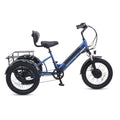
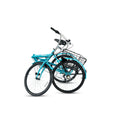
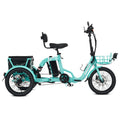

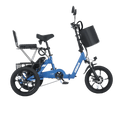








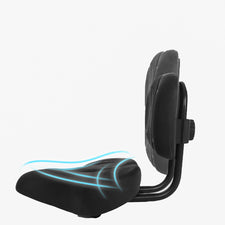











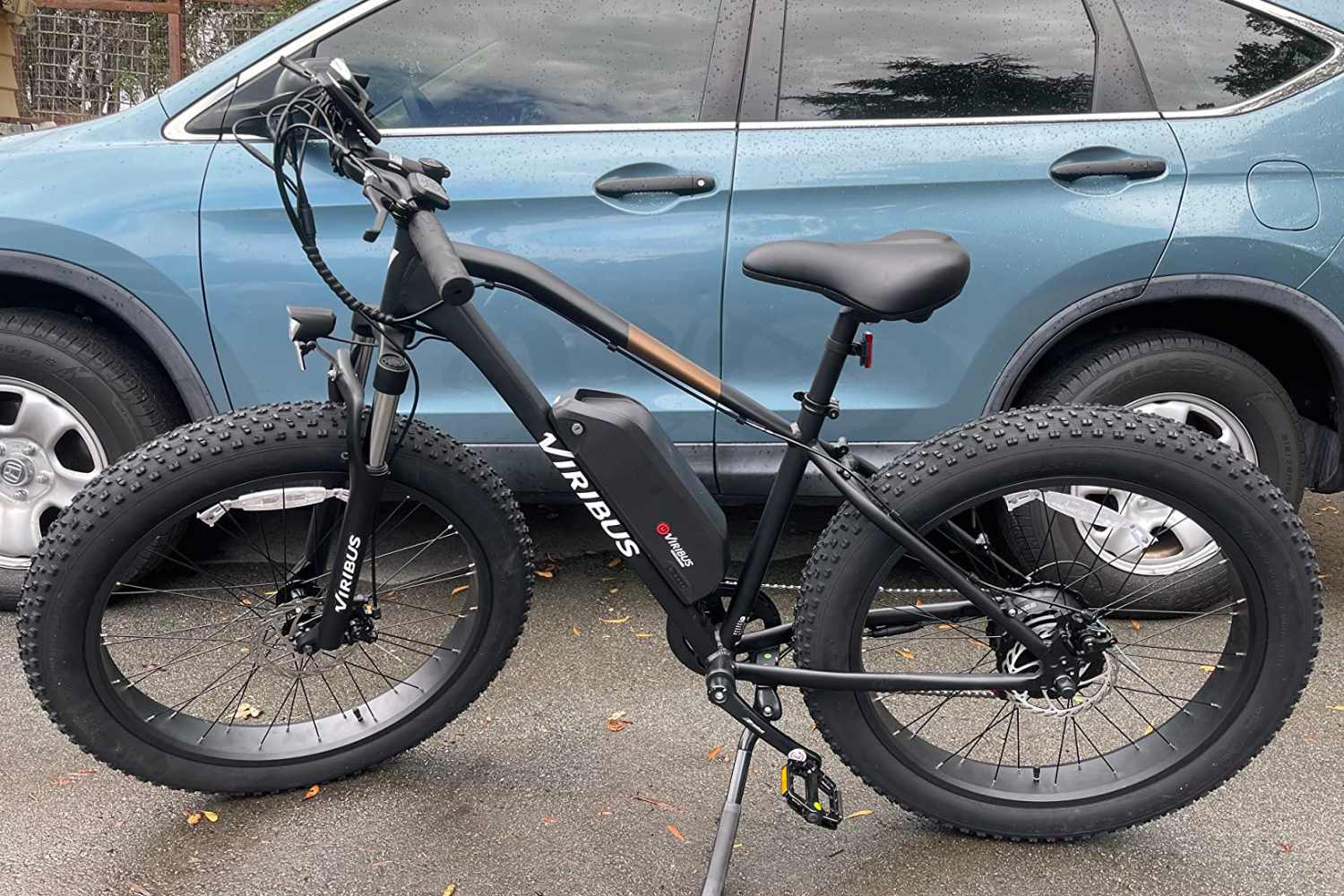
Leave a comment
All comments are moderated before being published.
This site is protected by hCaptcha and the hCaptcha Privacy Policy and Terms of Service apply.